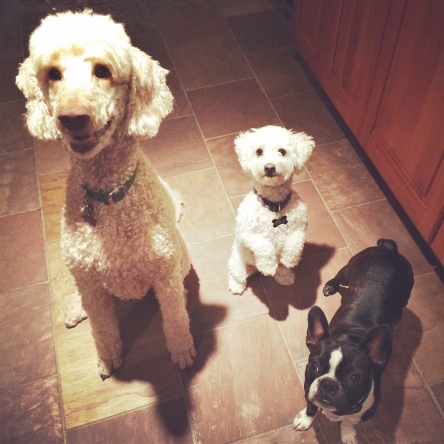 I like to think that I’m a pretty experienced baker but have never tried making treats for my dogs. I found a couple of good, healthy, and potentially grain free recipes to try out. So for this trial round I’m going to try a peanut butter sweet potato treat that makes roughly 2 dozen cookies.
I like to think that I’m a pretty experienced baker but have never tried making treats for my dogs. I found a couple of good, healthy, and potentially grain free recipes to try out. So for this trial round I’m going to try a peanut butter sweet potato treat that makes roughly 2 dozen cookies.
Peanut butter sweet POTATO
With this recipe takes about 30-40 minutes to cook and about a 10 min prep time. The ingredients you are going to need are:
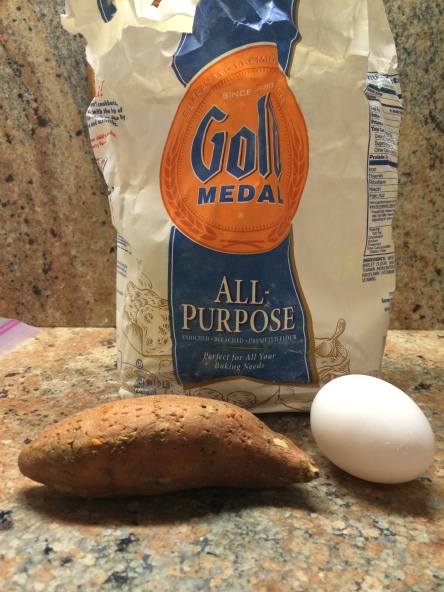 3 sweet potatoes (you can use canned if you don’t want to bake some potatoes)
3 sweet potatoes (you can use canned if you don’t want to bake some potatoes)
2 eggs
1 2/3 cups of whole wheat flour, brown rice flour, or gluten free flour
Preheat your oven to 350 degrees F. Then while your oven is preheating take your sweet potatoes and with a fork poke a bunch of holes in them. I microwaved mine for about 1 1/2 mins (basically you want to microwave them till they are soft). While the potatoes are in the microwave, grab a small- medium mixing bowl throw in your flour, eggs, and peanut butter.
Once the potatoes are done, I decided to cut mine in half and scooped out the insides just to make it easier on myself. Then mix in into the bowl with all your other ingredients. Now its time to combine! I just used my hand but if you don’t want to get dirty then you can use a stand mixer, hand mixer, spoon, whisk, etc.
Put the dough on to a heavily floured surface and roll it out to about 1/2 inch thickness. Then using any cookie cutter shape, cut out the dough and place onto a cookie sheet. Bake for 30-35 minute and out on a cooling rack. The cookies will come out soft but they do harden as they cool. Please note these cookies will not be your traditional hard cookies, they come out softer.
My boys loved these treats! Plus they were super easy to make. Definitely a great recipe to try if it’s your first time trying your hand at making dog cookies.

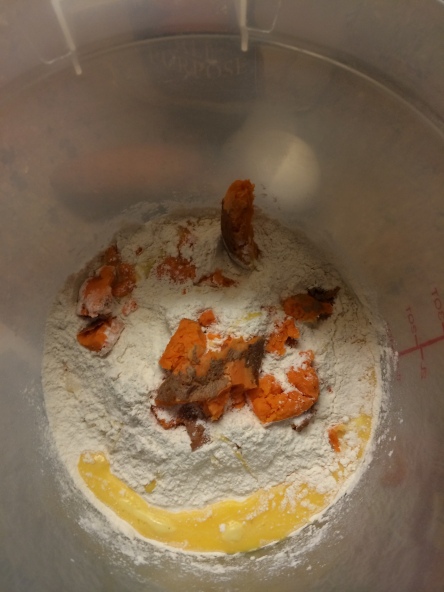





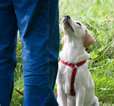
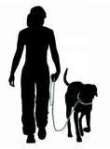














 There is almost nothing worse than having an uneasy feeling when another dog comes to meet your dog. If you have a dog that has displayed aggression towards other dogs or even people when it’s on a leash it’s important to know what you can do to manage the situation.
There is almost nothing worse than having an uneasy feeling when another dog comes to meet your dog. If you have a dog that has displayed aggression towards other dogs or even people when it’s on a leash it’s important to know what you can do to manage the situation.